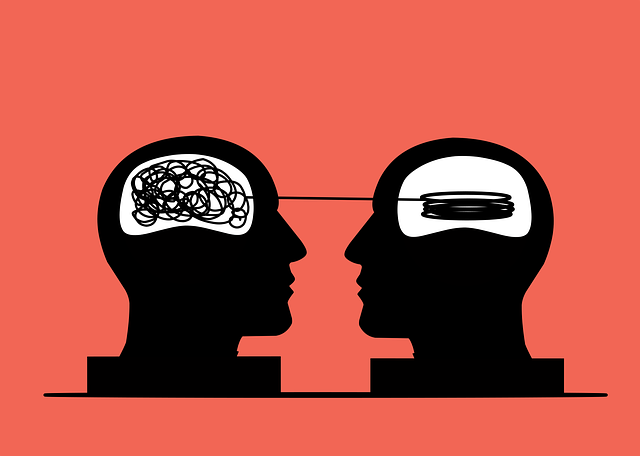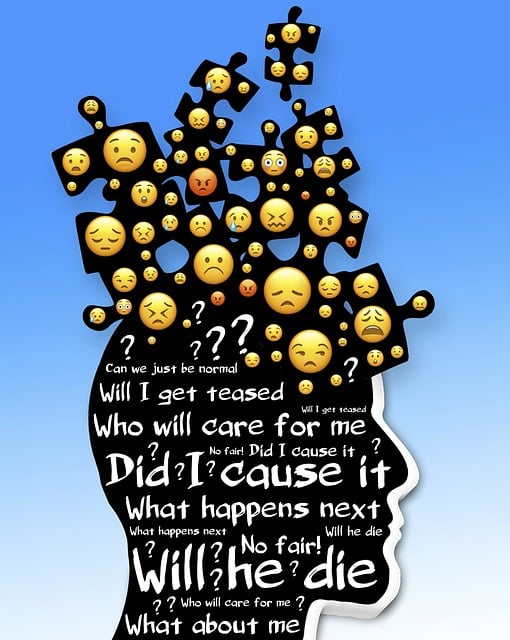For effective mental health education, like that offered by Littleton Depression Therapy, start by assessing community needs related to depression and anxiety, knowledge gaps in self-care and burnout prevention, and setting clear goals. Tailor programs to diverse audiences (age, culture, socioeconomic status) with content addressing specific issues (e.g., journaling for youth, family dynamics workshops) while breaking stigma and offering tools for stress management and resilience.
In today’s fast-paced world, mental health education programs are more crucial than ever. This comprehensive guide explores the design of an effective program, from assessing community needs and setting realistic goals to creating engaging curricula and implementing interactive strategies. We delve into key aspects such as understanding target audiences, identifying common mental health concerns like Littleton Depression Therapy, and incorporating evidence-based practices. Additionally, we discuss best practices for program evaluation and continuous improvement, ensuring a supportive learning environment that adapts to evolving needs.
- Assessing Needs and Setting Goals for Mental Health Education Program
- – Understanding the Target Audience
- – Identifying Knowledge Gaps and Common Mental Health Concerns
Assessing Needs and Setting Goals for Mental Health Education Program

Before designing a mental health education program, it’s crucial to assess the specific needs of the target audience. This involves understanding the prevalent mental health issues within the community, such as depression and anxiety, which are prominent in areas like Littleton Depression Therapy. A thorough needs assessment can reveal gaps in knowledge or skills related to self-care practices and burnout prevention strategies for healthcare providers. By identifying these needs, educators can tailor programs to address the most pressing concerns effectively.
Setting clear and achievable goals is an integral part of program design. Goals should be focused on enhancing participants’ understanding of mental health concepts, equipping them with practical tools for anxiety relief, and fostering healthy self-care practices. For instance, a goal could be to “empower healthcare providers with evidence-based burnout prevention strategies” or “improve community members’ ability to recognize and manage their mental health effectively.” These objectives guide the curriculum development process, ensuring the program delivers measurable outcomes.
– Understanding the Target Audience

Understanding your target audience is a pivotal step in designing an effective mental health education program, such as those offered by Littleton Depression Therapy. Every community has its unique mix of individuals with varying levels of knowledge, experiences, and perceptions about mental illness. Tailoring educational content to cater to diverse needs ensures maximum engagement and impact. For instance, public awareness campaigns development should focus on educating the general public about common mental health issues like depression, while also aiming to reduce the stigma associated with seeking therapy—a significant barrier that many struggle with, as highlighted in various mental illness stigma reduction efforts.
The program design process should consider age groups, cultural backgrounds, and socioeconomic factors. For instance, a Mental Wellness Journaling Exercise Guidance could be beneficial for adolescents and young adults, offering them a private space to express their thoughts and emotions while learning coping strategies. Conversely, workshops focused on family dynamics and support systems might resonate more with middle-aged individuals dealing with career transitions or aging parents’ mental health needs. By recognizing and addressing these differences, educators can foster inclusive environments that encourage open discussions about mental wellness.
– Identifying Knowledge Gaps and Common Mental Health Concerns

Identifying knowledge gaps is a critical step in designing an effective mental health education program. Many individuals struggle with understanding mental health concepts and recognizing signs of common issues like Littleton Depression Therapy. Educating communities about the importance of mental well-being, breaking down stigma, and providing practical tools for managing stress and building resilience are key areas to focus on.
Programs should address prevalent mental health concerns within the target community. This might include anxiety disorders, depression, or even emerging issues related to social media and technology use. By incorporating topics like stress management and resilience building through Community Outreach Program Implementation, participants can gain valuable skills to navigate life’s challenges. Effective education equips individuals with the knowledge and resources needed to foster a healthier and more supportive environment for everyone’s mental well-being.
In designing an effective mental health education program, such as those aimed at addressing potential depression symptoms in Littleton communities, a deep understanding of the target audience is paramount. By identifying knowledge gaps and common mental health concerns, programs can tailor their approach to meet specific needs. This targeted strategy ensures that educational initiatives, like those focused on early intervention and prevention, resonate with participants, fostering better mental well-being outcomes for all.














